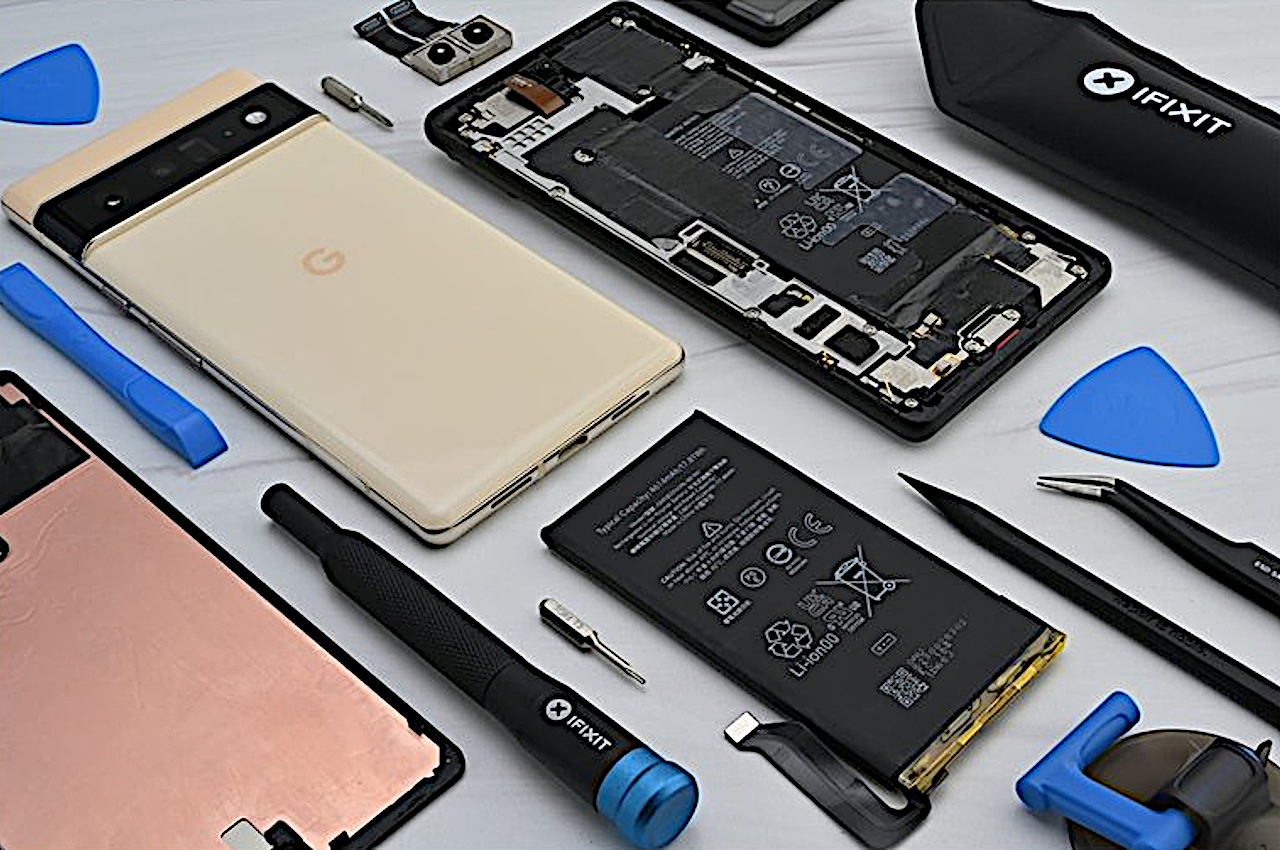![]()
They’re still not making easily repairable phones, but Google and Samsung are at least taking big steps in making these devices a little bit more sustainable.
Smartphones are no longer just novelties that only the affluent can afford, although there are definitely a few out there that fit the bill. These mobile devices, some of which have become as powerful as our computers, have become ingrained in modern life and almost indispensable tools in our pockets. While most tools, including PCs and laptops, seem to be built to last for as long as they can, smartphones, unfortunately, seem to be intentionally designed to be replaced when they break. Sure, they can be repaired, but the cost of repairs sometimes means that a new phone would actually be cheaper. That’s not even mentioning the rather laborious process of sending a device for repairs, which may sometimes end in violations of privacy. Smartphone repairs can add to the stress of a broken phone, but two of the world’s most famous tech companies are trying to change the status quo and make these devices easier and more affordable to fix than ever before.
Designer: Google
![]()
![]()
Google and iFixit team-up
Smartphones today are built in a way that prevents them from falling apart easily. They’re also sealed tight against dust and liquid that would otherwise destroy the phone from the inside. The side effect of making it more difficult to open up these phones for repairs. Gone are the days when you could simply pop off the phone’s back to change the battery. These days, you risk cracking the glass rear right at the start of the repair process.
![]()
That’s not the only consideration when repairing a phone, though. First-party repair services are often expensive and limited, especially for phones with limited availability like Google’s Pixels. There are quite a few third-party services and advanced consumers that are able to repair their phones on their own, but that practice is heavily frowned upon. There’s also the problem of getting genuine replacement parts, which most companies don’t sell to outsiders and unauthorized shops.
![]()
Google is trying to challenge that business model and has partnered with iFixit to sell those replacement parts, ranging from batteries to displays to cameras and more. This, of course, means that Google is giving blanket permission for anyone to repair their own Pixel phone, a trend that is thankfully gaining traction among the big smartphone makers. Apple kicked it off last year, and Samsung followed suit earlier this month, teaming up with iFixit as well.
![]()
Images: iFixit
Of course, this presumes that the phones are designed to be easily repaired, which isn’t generally the case. The Google Pixel 6 Pro, however, does diverge from the path that most phones take and have a few places where it does help facilitate self-repairs. We’re still far from the ideal, but at least some companies will no longer punish you if you repair your own phone yourself.

Samsung Recycled Replacemnts
Samsung is already ahead of the self-repair game, but it might be doing something extra special to really drive the sustainability message home. Making replacement parts easily accessible is definitely a good thing, but that also comes with the risks of increasing e-waste even more. With electronics getting thrown out and replaced easily, this new program might do more damage than it is meant to fix.

According to industry reports, however, Samsung might have a simple solution to that as well. The company has been making a lot of noise about its recycling and upcycling efforts, and it might apply those same processes to replacement parts. In other words, Samsung might introduce a program where it will provide certified recycled parts to be used for repairs and replacements.
Designer: Samsung

In addition to the environmental benefits of such a program, using recycled parts could also be advantageous to consumers. It is projected that costs of repairs could almost be halved by using these parts. Not only does it make self-repairs more accessible and affordable, it also encourages such a culture of repair in opposition to current business models. Hopefully, both Google’s and Samsung’s efforts will bear good fruit so that they become role models on how to make smartphones more sustainable in the long run.







